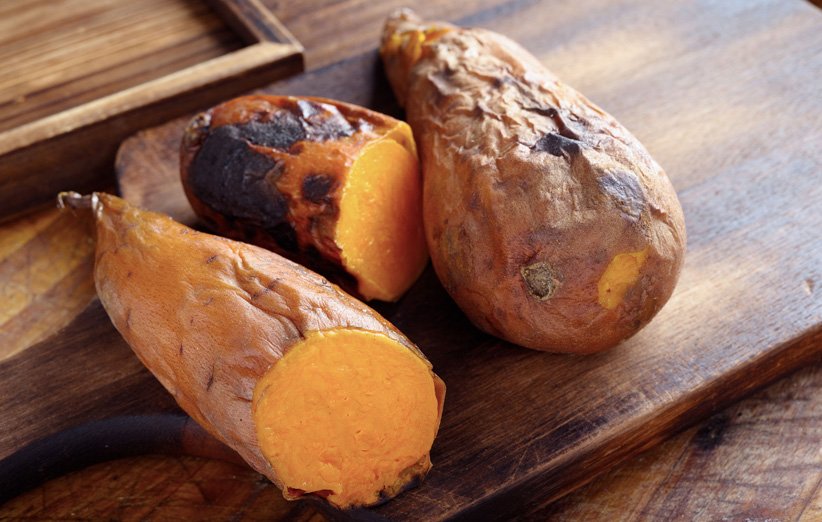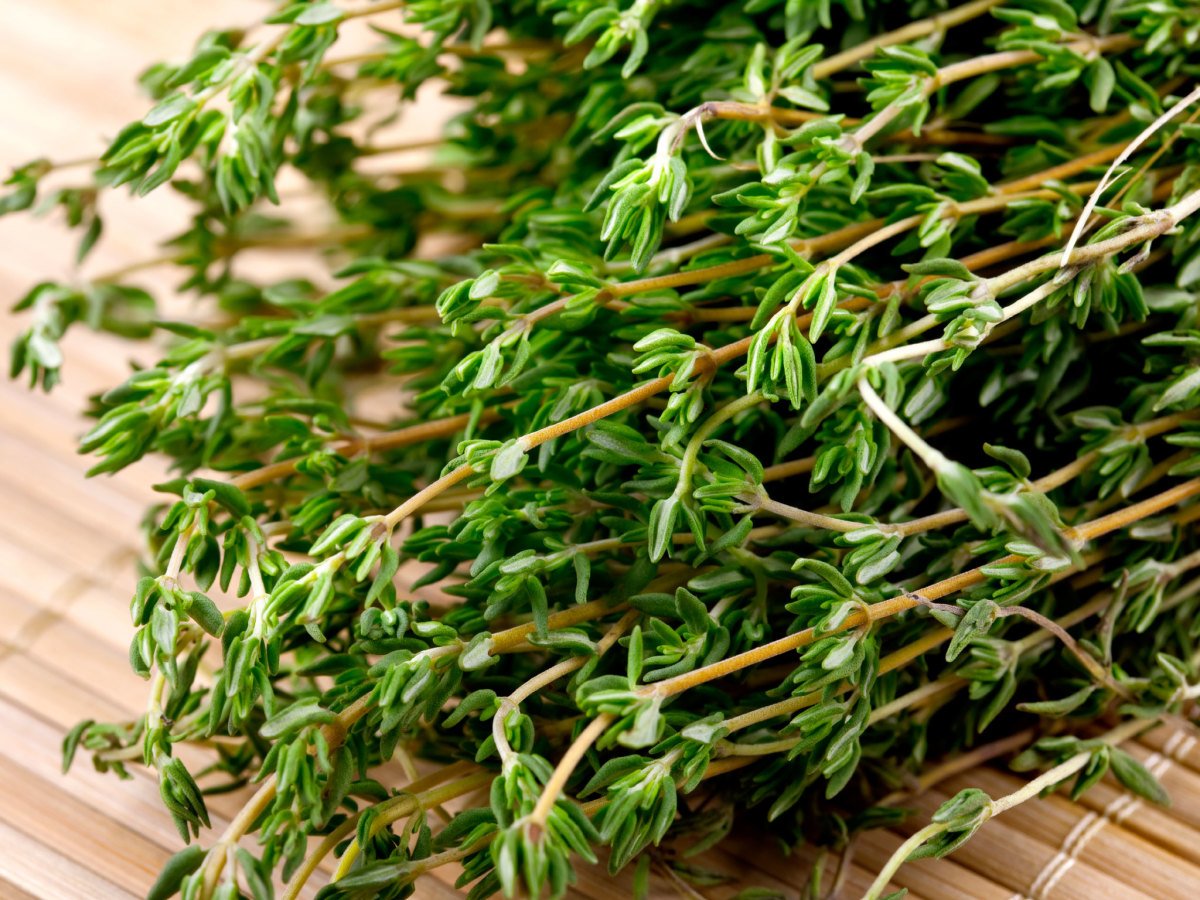vitamin A food sources
vitamin a food sources -13 foods rich in vitamin A that you need to eat to stay healthy : Vitamin A is a fat-soluble vitamin and an essential nutrient that is involved in many body processes including immune system function, reproduction, vision, proper functioning of the heart, lungs, and kidneys, and healthy skin. Since the human body cannot make this nutrient, you must obtain it through diet and vitamin A sources. Stay tuned for the rest of this article to learn what vitamin A contains.
The best sources of vitamin A food
If you have a healthy diet, you can easily meet your daily requirements of vitamin A by eating a variety of foods.
1. Cow liver
liver is one of the best sources of vitamin A. This is because animals, including humans, store vitamin A in their livers. Fried beef liver contains 6582 micrograms of vitamin A and can provide 731% of the daily requirement for this nutrient. According to some researchers, you shouldn’t eat liver more than once a week to avoid overconsumption of vitamin A.
Besides vitamin A, liver contains a variety of nutrients such as copper, vitamin B2, vitamin B12, iron, folate (vitamin B9), and choline. Like beef liver, lamb liver is a good source of vitamin A.
2. dairy
Milk, yogurt, and cheese are good sources of vitamin A. Depending on the dairy product you consume, you can get between 100 and 300 micrograms of vitamin A.
3. Fish liver oil
Each tablespoon of fish liver oil contains 4080 micrograms of vitamin A, since fish liver contains vitamin A. Omega-3 fatty acids found in these and other fish oils can reduce inflammation and protect the heart. Omega-3s have been shown to prevent and treat depression.
One tablespoon of fish liver oil can provide 170% of the daily requirement for vitamin D. Vitamin D boosts the immune system, helps maintain healthy bones, and also prevents depression.

4. Sweet potatoes
There are 1403 micrograms of vitamin A in a sweet potato cooked with the skin, which is equivalent to 156% of the daily requirement. Sweet potatoes are therefore a valuable source of vitamin A for those who eat a plant-based diet.
Beta carotene is the form of vitamin A in this root vegetable. Research shows that this compound protects the eyes against age-related macular degeneration (AMD) and reduces the risk of certain cancers, including prostate cancer. Alzheimer’s disease, or AMD, causes most vision loss in the elderly, where patients develop macular degeneration or yellow retinal detachment.
A low-calorie food that contains vitamin B6, vitamin C, potassium, and fiber, sweet potatoes are a good source of these vitamins. It also has a low glycemic index (GI), so it can help control blood sugar levels. You can enjoy sweet potatoes with a salad and a high-protein meal such as fish for a healthy meal.
5. Carrots – vitamin A food
Raw carrots contain 459 micrograms of beta-carotene in half a glass, providing 51% of the body’s daily requirement of this nutrient. As a result of its fiber content, this vegetable helps prevent constipation and improve intestinal health. A large carrot contains 29 calories.
6. Spinach
contains many nutrients, like other green vegetables. A half cup of cooked spinach contains 573 micrograms of vitamin A, which is 64% of the daily requirement. This amount of spinach can provide 17% of the body’s iron needs and 19% of its magnesium needs. In the human body, magnesium is involved in more than 300 processes.
Research suggests that spinach may lower blood pressure and improve heart health. If you eat spinach raw or cooked, or if you make a smoothie with it, eating spinach is a great way to get fiber and vitamin A.
7. Broccoli
is an excellent source of vitamin A. It contains 60 micrograms of vitamin A, which is equivalent to 7% of the daily requirement. A half-glass of broccoli contains only 15 calories and is a good source of vitamin C and vitamin K. Vitamin K is important for healthy bones and blood clotting. In addition to its anti-inflammatory and antioxidant properties, vitamin C strengthens the immune system.
The presence of a substance called sulforaphane in cruciferous vegetables such as broccoli can reduce the risk of some cancers. Cooked or raw broccoli can be added to soups or salads.
8. Sweet red pepper
117 micrograms of vitamin A are contained in half a glass of sweet and raw red peppers, which can meet 13% of the body’s need for this nutrient. Red pepper contains 19 calories and is high in vitamin C, vitamin B6 and folate.
Capsicum is a good source of antioxidants, such as capsaicin. Also, it contains a large amount of quercetin, which has anti-inflammatory and antihistamine properties. Cayenne pepper can be eaten with eggs or on sandwiches.
9. Mango
Mangoes contain 112 micrograms of vitamin A, which is 12% of the body’s daily requirement. Consuming mango can improve intestinal function and lower blood sugar levels, since it is rich in antioxidants and fiber. You can eat this delicious fruit on its own or as part of a fruit salad.
10. CantaloupeHalf a glass of cantaloupe contains 135 micrograms of vitamin A, which provides 15% of the body’s requirement. Vitamin C is found in cantaloupe, which, thanks to its antioxidant properties, strengthens the immune system and protects the body from various diseases.
11. Dried apricots
Apricots are one of the best sources of vitamin A, and if you enjoy sweet foods, they can be a good option for you. Each dried apricot contains about 63 micrograms of vitamin A, which is about 7% of the body’s requirement. Apricots are rich in fiber and antioxidants, but they are high in calories and sugar. This is why you need to balance them.
12. pumpkin
Like other orange vegetables, pumpkin is a good source of beta-carotene, vitamin C, lutein, and zeaxanthin. High intake of these nutrients may help maintain eye health and reduce the risk of common eye diseases.
13. Tomato juice
About 34 of a glass of tomato juice contains 42 micrograms of vitamin A, which is equivalent to 5% of the body’s requirements. Tomatoes are rich in vitamin C and lycopene, both of which are antioxidants. Due to its lutein and zeaxanthin content, pumpkin is also beneficial for eye health.
It plays an important role in many organs of the body, including:
A sufficient intake of vitamin A can help maintain good retinal health and reduce the risk of age-related macular degeneration.
Immune system: The immune system is a complex system of cells that keeps you healthy. Maintaining the health of these cells and strengthening the immune system are possible with vitamin A.
This vitamin reduces the risk of infertility in men and women by preventing birth defects.
Plant foods, such as fruits and vegetables, contain carotenoids, especially beta-carotene. The body converts carotenoids into vitamin A.
Vitamin A should be consumed with fat so that it can be well absorbed in the intestines. Overcooking food should also be avoided. It reduces the amount of vitamin A in them. Men and women over the age of 14 should consume 900 and 700 micrograms of vitamin A daily, respectively. The body’s need for this vitamin changes during pregnancy and lactation as follows:
Pregnant women 14 to 18 years: 750 micrograms
Pregnant women 19 years and older: 770 micrograms
Lactating women 14 to 18 years: 1200 micrograms
Breastfeeding women 19 years and older: 1300 micrograms


